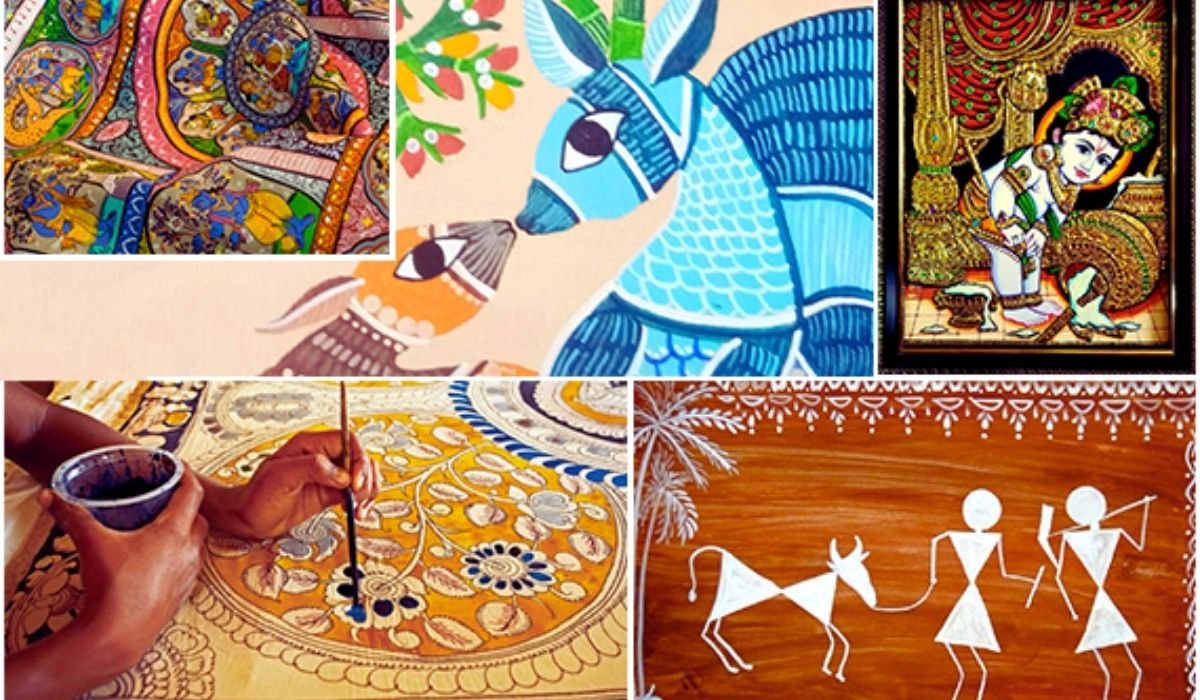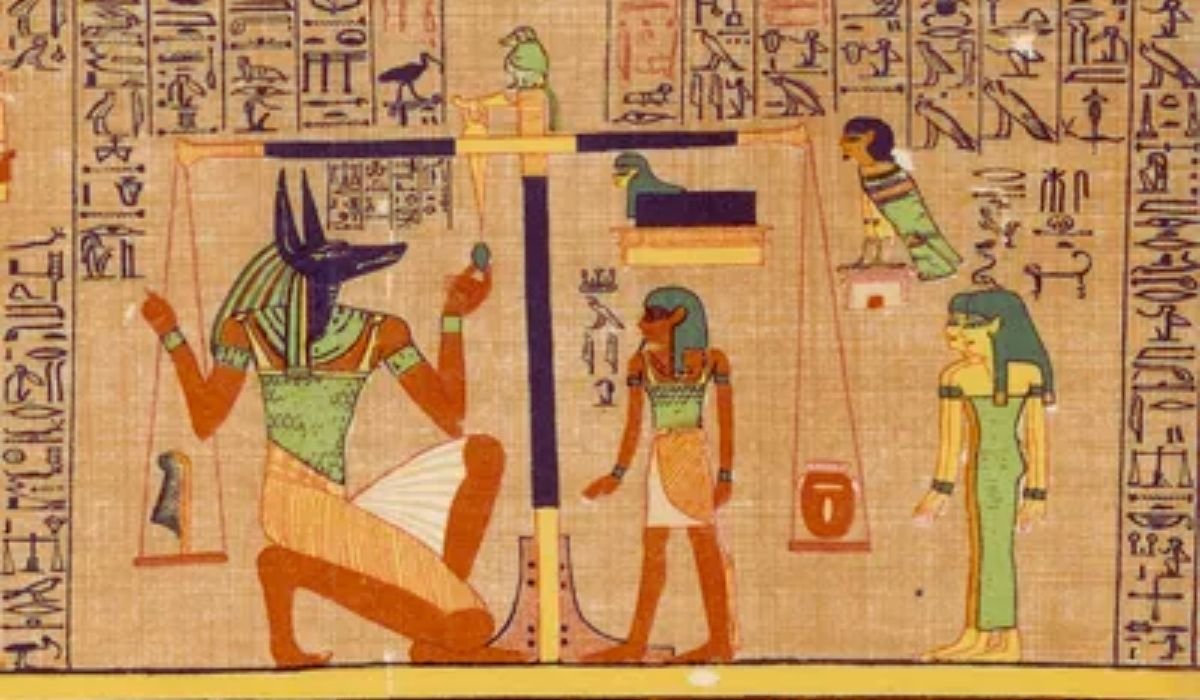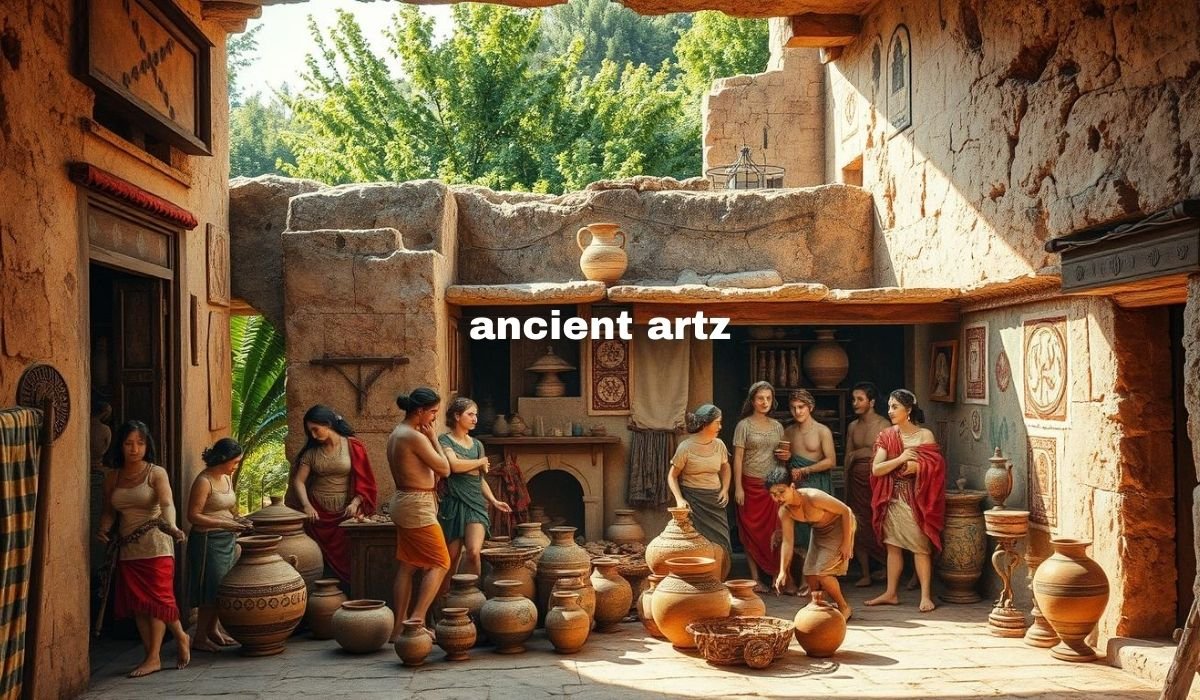Ancient art is a testament to the ingenuity and creativity of early civilizations, offering us a window into the daily lives, spiritual beliefs, and societal structures of our ancestors. From the enigmatic cave paintings of prehistoric times to the grand architectural feats of the Greeks and Romans, each piece of ancient art holds a story, steeped in history and rich in cultural significance.
Definition and Historical Context
“Ancient Artz” refers to the visual and architectural achievements produced by early cultures from around the world, spanning from prehistoric times until the early Middle Ages, around the fall of the Roman Empire in the 5th century AD. This form of art is not confined to one region but is a global phenomenon, with each civilization contributing uniquely to its development through local materials, techniques, and traditions.
The timeline of ancient art is vast. It begins with the simple yet profound cave paintings of the Upper Paleolithic era, around 40,000 years ago, and extends through the sophisticated sculptures and architectural structures of classical antiquity. Key regions that are pivotal in the history of ancient art include Mesopotamia, Egypt, India, China, Mesoamerica, and the Mediterranean basin.
Forms of Ancient Art

Sculpture
Sculpture is one of the most enduring forms of ancient art, providing a three-dimensional perspective on the aesthetic and symbolic preferences of different cultures. Materials such as stone, wood, metal, and clay were transformed into profound representations of human figures, gods, animals, and mythological scenes. Notable examples include the limestone statues of Egypt, which were intended to provide a resting place for the spirit of the deceased, and the dramatic bronze sculptures of the Greek Hellenistic period, which displayed emotion and movement unprecedented in earlier works.
Painting
Ancient painting encompasses a variety of techniques, including wall frescoes, cave paintings, and decorated pottery. These works often depicted scenes from daily life, religious rituals, and mythological narratives. The cave paintings in Lascaux, France, feature detailed representations of large animals, indicating their significance in the Paleolithic diet and culture. Meanwhile, the frescoes of Pompeii provide a vivid picture of Roman life, frozen in time by the eruption of Mount Vesuvius in 79 AD.
Architecture
The architecture of ancient civilizations often reflects their technological advances and cultural priorities. The Pyramids of Giza in Egypt, for example, not only served as tombs for pharaohs but also as monumental symbols of divine authority and state power. Similarly, the Parthenon in Athens exemplifies the importance of religious worship and civic pride in Ancient Greek society, dedicated to the goddess Athena and decorated with intricate sculptures and reliefs.
Elements of Ancient Art

In ancient art, form, line, color, texture, and space were manipulated to produce works that were not only visually appealing but also rich in symbolic meaning. The stylization of figures in Egyptian reliefs, which adhere to strict laws of frontalism, allowed for a clear communication of social hierarchy and divine connection. In contrast, the Greeks focused on idealized human forms, capturing the beauty of the human body in its most harmonious proportions.
Color, too, played a crucial role, with different hues used to signify various attributes. Red, for instance, could denote life and victory, while blue might represent the divine or the afterlife, as seen in the use of lapis lazuli in Mesopotamian art.
Major Discoveries and Artifacts
Throughout history, numerous discoveries have reshaped our understanding of ancient cultures. The discovery of the Terracotta Army in Xi’an, China, revealed the complexities of Qin Shi Huang’s reign and the artistic virtuosity of the Qin dynasty. Similarly, the unearthing of the Tomb of Tutankhamun in 1922 provided priceless insights into Egyptian burial practices and the civilization’s artistic sophistication.
Cultural Impact and Symbolism

Ancient art is deeply imbued with cultural significance and symbolism. The motifs found in these artworks often served specific purposes, such as conveying royal authority, asserting religious beliefs, or commemorating significant events. For example, the use of animal symbols in cave paintings is believed to relate to hunting rituals or spiritual practices, reflecting an early form of communication and belief system.
Ancient Art in Modern Times
The influence of ancient art extends beyond historical study; it continues to inspire modern artists and influence contemporary designs. The principles of balance and proportion discovered by the ancient Greeks continue to inform modern architecture, and the vibrant narratives found in ancient murals echo in the graphic storytelling seen in today’s comic books and films.
Conclusion
As we continue to explore and study ancient artworks, we gain more than just knowledge about past cultures; we find a reflection of our own human nature. Ancient artz is not simply a record of history; it is a mirror showing us the universality of human experience across millennia. It reminds us that art is a powerful medium of expression, capable of transcending time and communicating deep truths about the human condition.
By preserving and studying these ancient treasures, we keep the dialogue between the past and present alive, enriching our understanding of both.
FAQs About Ancient Art
What is considered ancient art?
Ancient art refers to the artworks produced by early civilizations from the prehistoric period up until the early Middle Ages, before the fall of the Roman Empire around the 5th century AD. This includes cave paintings, sculptures, architectural structures, and other decorative arts created during periods such as the Stone Age, Bronze Age, and Iron Age, across various cultures worldwide.
How old is ancient art?
The age of ancient art varies widely depending on the region and type of art. The oldest known forms of human art are cave paintings, some of which date back to approximately 40,000 years ago. Sculptures and decorative arts from ancient civilizations typically date from around 3,000 BCE onwards.
What are the main types of ancient art?
The main types of ancient art include:
- Sculpture: Three-dimensional artworks carved or molded from materials like stone, wood, and metal.
- Painting: Includes cave paintings and frescoes applied to walls or ceilings, as well as painted decorations on pottery.
- Architecture: The design and construction of buildings and other structures, including temples, pyramids, and palaces.
What are the key characteristics of ancient art?
Key characteristics of ancient art include:
- Symbolism: Many pieces of ancient art serve symbolic or ceremonial purposes, often connected to religious or cultural beliefs.
- Attention to Detail: Despite the age, many works exhibit sophisticated and precise craftsmanship.
- Use of Natural Materials: Common materials include stone, clay, metals, and natural pigments for painting.
- Geometric and Naturalistic Styles: Depending on the period and culture, artwork could be highly stylized or more naturalistic, often aiming to represent figures and deities in idealized forms.
What was the purpose of ancient art?
The purposes of ancient art varied, including religious reverence, ceremonial use, funerary practices, and storytelling. Art was often used to display the status and power of rulers and gods, as well as to depict daily life, mythology, and beliefs of the people.
How do we study ancient art today?
Ancient art is studied through various disciplines including archaeology, art history, and anthropology. Researchers use techniques such as carbon dating, stratigraphy, and iconography to understand the context and purpose of artworks. Museums and educational institutions play key roles in preserving and interpreting these artifacts.
What are some famous examples of ancient art?
Some famous examples of ancient art include:
- The Lascaux Cave Paintings (France): Renowned for their detailed depictions of animals, dating back to around 17,000 years ago.
- The Sphinx and Pyramids of Giza (Egypt): Architectural and sculptural wonders from ancient Egypt.
- The Terracotta Army (China): Thousands of life-sized figures buried with the first Emperor of China, Qin Shi Huang.
How has ancient art influenced modern art?
Ancient art has had a profound impact on modern art in terms of techniques, styles, and thematic exploration. Many modern artists have drawn inspiration from ancient motifs and methods, adapting them in contemporary art practices. Architectural principles from ancient Greece and Rome, for example, have heavily influenced Western architectural styles.



















Leave a Reply